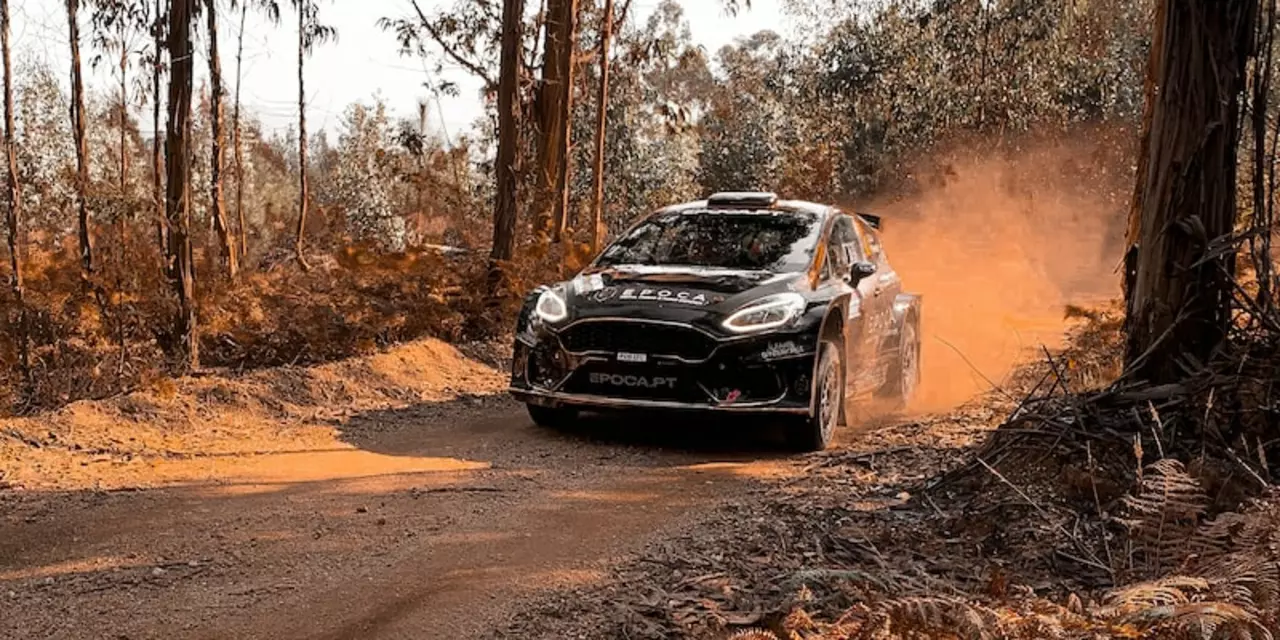Track Guide: Find, Prep, and Conquer UK Rally Stages
If you love rallying, the first thing you need to know is where the action happens – the tracks. In the UK they’re called stages, and each one throws its own set of challenges. This guide breaks down the basics so you can pick a track, get your car ready, and feel confident at the start line.
Types of Rally Tracks
Rally tracks aren’t one‑size‑fits‑all. Most are a mix of gravel, tarmac, and sometimes snow or mud. Gravel stages give you loose surface feel and demand a softer suspension. Tarmac stages are smoother but demand precise handling and often higher speeds. Mixed stages combine the two, so you’ll need to adapt on the fly. Elevation changes matter too – steep climbs test engine power, while fast downhill sections test braking control.
Knowing the surface helps you choose the right tyres and set up your car. For example, a 4‑wheel‑drive with a short‑stroke gearbox works well on tight, twisty gravel, while a longer‑ratio gearbox can be useful on fast tarmac sections. Keep an eye on the weather forecast; a dry gravel track feels totally different from a wet, muddy one.
Preparing for Your First Track
Start by checking the official rally calendar on the UK Endurance Rally Hub. The site lists each event’s date, location, and stage map. Download the map, study the notes, and note key landmarks – those are the points your co‑driver will read out during the run.
Next, get your car set up. Check the suspension travel, tyre pressure, and wheel alignment. A good rule of thumb: lower tyre pressure on loose surfaces for better grip, higher pressure on tarmac for stability. Inspect brakes, steering, and safety gear – a cracked hose or worn brake pad can end your day quickly.Practice makes perfect. If you can, join a local club run or a “stage school” where you get a run‑through of a short track with an experienced instructor. It’s a cheap way to feel the car’s behavior before you tackle a full‑length stage.
Finally, coordinate with your co‑driver. A clear, calm voice reading pace notes is half the win. Run a quick walk‑through of the notes before you start, agree on hand signals for emergencies, and keep the radio volume low enough to hear the engine but high enough for instructions.
When you arrive at the track, do a short reconnaissance (recce) if the rules allow. Spot any unexpected obstacles – a broken barrier, a slippery patch, or a new traffic sign. Adjust your notes accordingly and share them with your co‑driver.
Remember, every track teaches you something new. One day you’ll be comfortable on a fast gravel section, the next you’ll be tackling a slick tarmac curve. Keep notes, review them after each run, and you’ll see steady improvement.
With the right preparation, the right mindset, and a solid understanding of the track type, you’ll turn the unknown into familiar ground. So grab your map, check your car, and hit the stages with confidence – the UK rally tracks are waiting for you.
Do rally drivers remember track or rely just on navigator?
This article examines the role of the navigator in rally driving. It looks at the debate between experienced rally drivers who prefer to remember tracks and those who rely solely on their navigator. The article suggests that the navigator is essential to success in rally driving, as they can provide vital information not available to the driver, such as the type of surface ahead, the condition of the road, and the precise route. However, experienced drivers need to remember the track as well to make the best use of the navigator's information. Ultimately, a combination of driver memory and navigator input is necessary for success.
Read More

